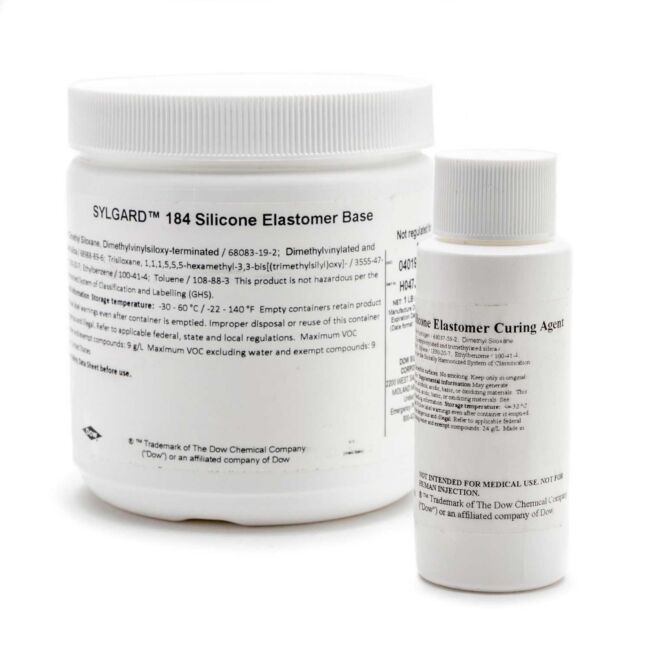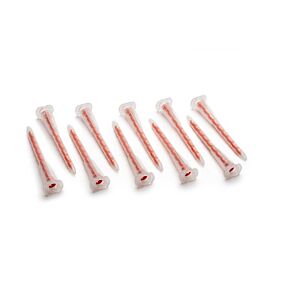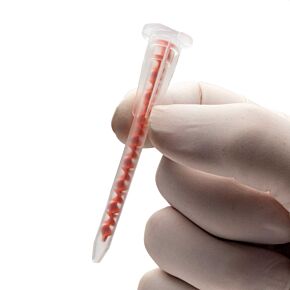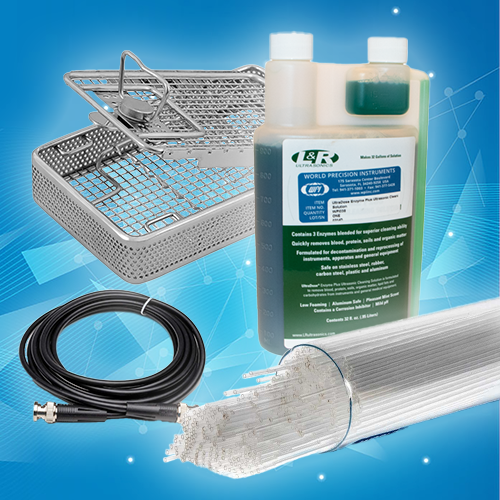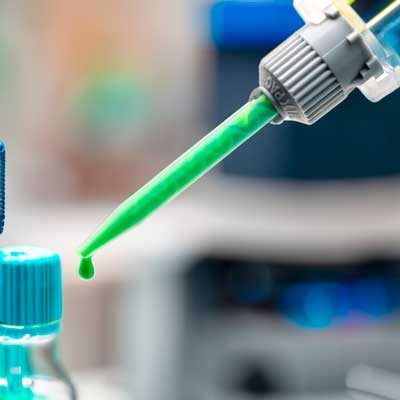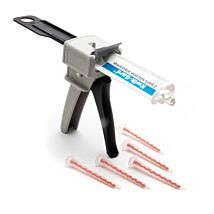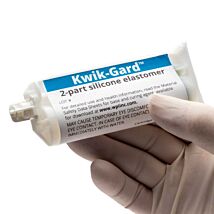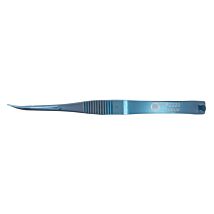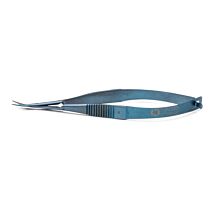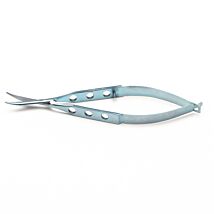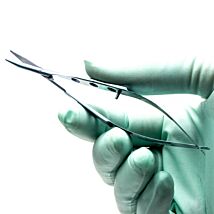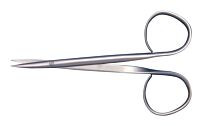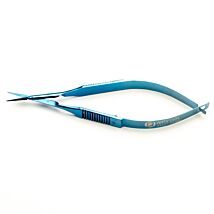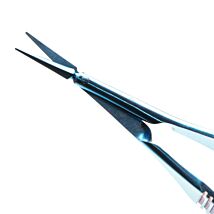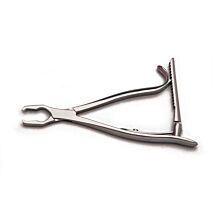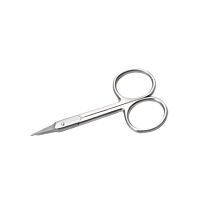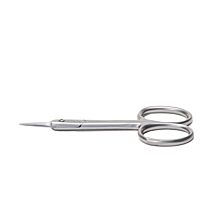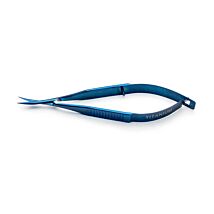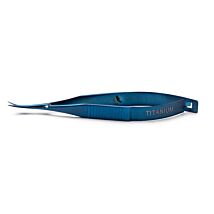This website uses cookies to ensure you get the best experience on our website.
Read more
SILICONE ELASTOMER 2-PART (0.5KG)
$315.00
Prices valid in USA, Canada, and PR only.
Order code
SYLG184

Prices valid in USA, Canada, and PR only.
2-part silicone elastomer, ideal for potting and encapsulating applications
This silicone elastomer has a very low dielectric constant sealing compound, which makes it ideal for patch clamping and many other lab applications, especially in electrophysiology applications.
Prices valid in USA, Canada, and PR only.
Features
- Coat patch clamp electrodes
- Make cell culture dishes and dissecting pads
- Weight: 1.1 lbs (0.5 kg)
Sylgard 184 silicone elastomer base and curing agent is supplied as a two part kit comprised of liquid components. When the base and the curing agent are thoroughly mixed in a 10:1 weight ration, the medium-viscosity liquid mixture has a consistency resembling SAE No. 40 motor oil. The liquid mixture will cure in thick or thin sections to a flexible, transparent elastomer ideally suited for electical/electronic potting and encapsulating applications.
Sylgard 184 silicone elastomer offers a flexible cure schedule from 25-150°C (77-302°F), without an exotherm. Sylgard 194 silicone elastomer requires no post cure and can be placed in service immediately following the completion of the cure schedule at an operating temperature from -55° to 200 °C. (-67 to 392°F).
Sylgard 184 silicone elastomer is especially useful for applications where clarity is desirable. For more information, please refer to the manual.
Curing Time: 24 hours at 25ºC, 15 min. at 150ºC
NOTE: Due to supply constraint, this product is currently non-returnable/non-refundable. For details, please refer to the WPI Terms & Conditions.
| SKU | SYLG184 |
|---|
Szigligeti, P., Neumeier, L., Duke, E., Chougnet, C., Takimoto, K., Lee, S. M., … Conforti, L. (2006). Signalling during hypoxia in human T lymphocytes--critical role of the src protein tyrosine kinase p56Lck in the O2 sensitivity of Kv1.3 channels. The Journal of Physiology, 573(Pt 2), 357–70. http://doi.org/10.1113/jphysiol.2006.109967
Habets, R. L. P., & Verstreken, P. (2011). FlAsH-FALI inactivation of a protein at the third-instar neuromuscular junction. Cold Spring Harbor Protocols, 2011(4), pdb.prot5597. http://doi.org/10.1101/PDB.PROT5597


